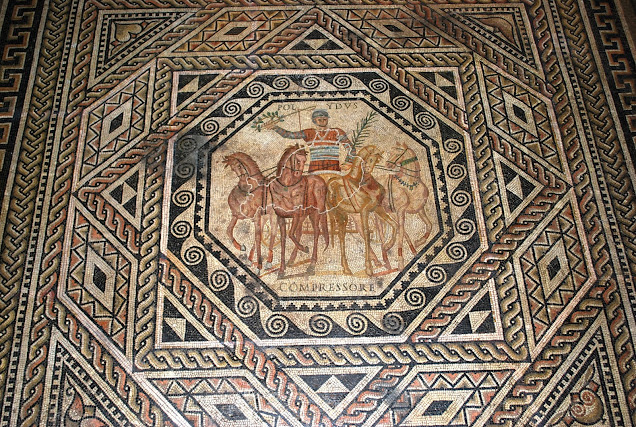Circus of Maxentius
Yesterday, I arrived in Rome and visited the circus of Maxentius. It is the best preserved circus in Rome, and an attractive scenic site. It was excavated by Antonio Nibby in 1825 for the Torlonia family, and restored in the 1960s and 1970s. The stadium measures 513m by 91m and was probably capable of holding some 10.000 spectators. The main entrance was on the west side with the 12 carceres or stalls for the chariots and quadriagae, and, on the other side, two square towers with curved facades. Two arches, one of which has been restored, connected the towers to the long sides of the circus and provided side entrances.
In the construction of the tiers of seats, amphorae were used to lighten the vaults and these can still clearly be seen.
In the construction of the tiers of seats, amphorae were used to lighten the vaults and these can still clearly be seen.
In the centre of the left side is the conspicuous emporer's box, which was connected by a portico to his palace on the hill beside. At the far end was a triumphal arch where a fragment of a dedicatory inscription to Romulus, son of Maxentius, was found identifying the circus with Maxentius.







Reacties
Een reactie posten